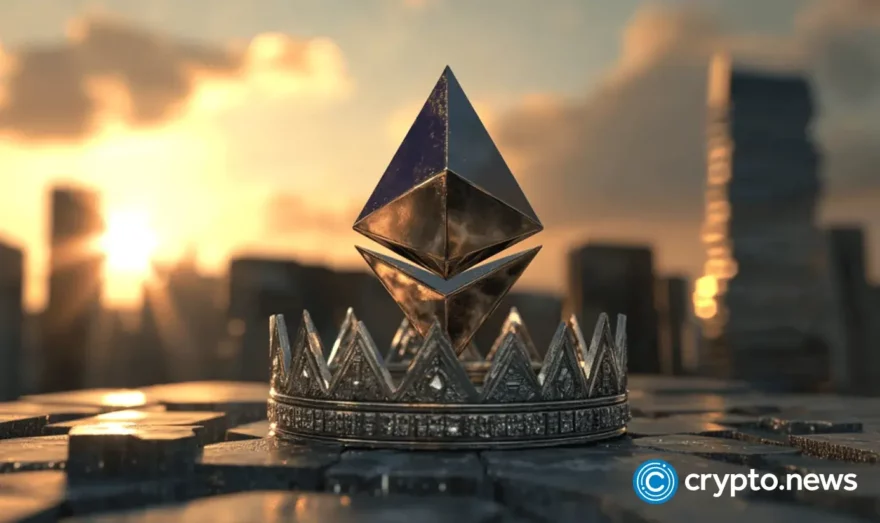
Polkadot News
crypto.news covers blockchain and cryptocurrency news to keep you up to date on the latest developments. One of the most interesting projects out there is Polkadot, a strong contender with the Ethereum project.
Polkadot and its native token DOT was created by Ethereum co-founder Gavin Wood and officially launched in 2020. The primary goal of Polkadot is to solve the issue of ‘cross-chain operability.’ Seeking to bridge the gap between different blockchains projects that operate with different architectures and operational protocols.
Polkadot acts as a form of ‘connecting tissue’ between different blockchains. Allowing them to work together, share data, and conduct business even if they don’t use the same tokens or systems. Polkadot achieves this by using a complex network of Smart Contracts and Parachains.
Smart Contracts are small amounts of code that create self-executing contracts between various parties. Smart Contracts function as the ‘language’ through which different Blockchains ‘talk’ to each other, allowing for users to interact and conduct business in a decentralized and secure fashion.
Parachains are the descriptor used for the other blockchains that have been anchored to the primary hub that is Polkadot. These chains, thanks to Smart Contracts, can now operate freely amongst the ecosystem of other blockchains, benefiting each other and users.
Often in the crypto space users and businesses alike are bombarded with promises of future functionality and distant roadmaps. Yet Polkadot is refreshing in this regard as it can already boast different active and functional examples of its system at work.
The first of these examples is Acala, a DeFi hub that allows for various financial services, such as crypto exchange, staking, and digital asset movement. Acala also operates as a liquidity pool, from which Polka draws capital to fund new projects, which are usually decided upon by the community itself. Acala provides a key function for the operation of Polkadots web of services.
Another example is Darak Yoo’s Moonbeam and its native GLMR, a system that further extends the functionally Ethereums code into Polkadot. Securing the functionality of Ethereum’s Virtual Machine, Solidarity Code, and various other tools that aid development amongst the Polka network.
These are just a few examples of the early adopters of Polka with an estimated 100 slots being made available over the coming years. Evidently, Polkadot has strong potential for development into the future and already boasts a strong current trend of usage and adoption.
Polkadot has been described by some of its more zealous fans as the ‘next Etherum’ or even the ‘Etherurm Killer.’ Phrases like these are bandied about a lot in the crypto space, but it is clear that Polkadot, with its inventive design, inspired business model, and impressive ethos is attempting to bring a degree of interoperability that could see Polkadot rocketing in the coming years.
Latest Polkadot News


























